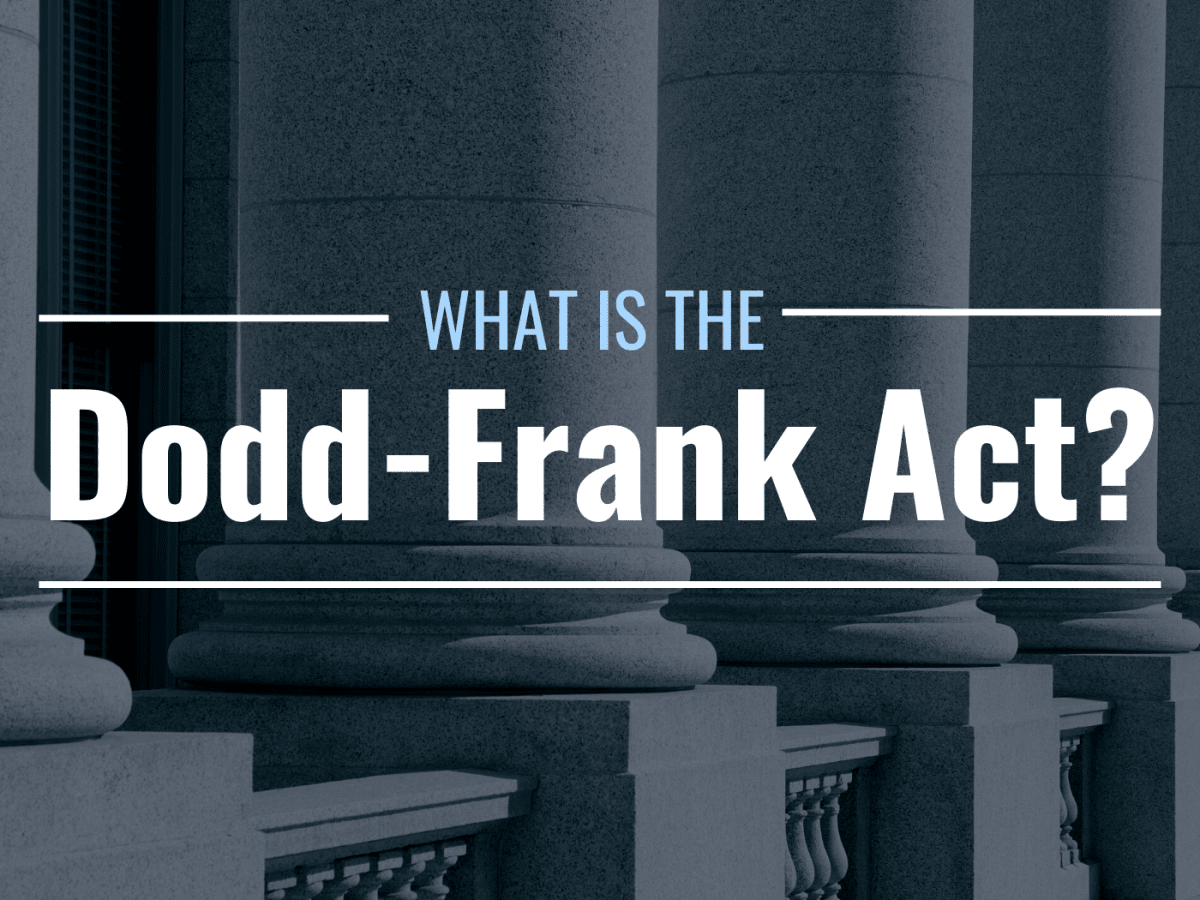When the U.S. housing market collapsed in 2008, it exposed deep flaws in financial regulation and risk management practices, especially in mortgage lending. In response, Congress passed the Dodd-Frank Wall Street Reform and Consumer Protection Act in 2010. This sweeping legislation aimed to reduce systemic risk, promote transparency, and protect consumers from predatory lending practices. But what exactly is Dodd-Frank, and how has it transformed the way mortgage risk is managed in the United States?
The Dodd-Frank Act is a comprehensive piece of financial reform legislation designed to prevent another financial crisis like the one seen in 2008. It introduced new oversight mechanisms, established key regulatory bodies, and significantly increased accountability and transparency across the financial system.
Key components of the Act include:
- The creation of the Consumer Financial Protection Bureau (CFPB)
- New capital and liquidity requirements for banks
- Mortgage lending standards and disclosures
- Rules to end “too big to fail” bailouts
- Enhanced regulation of credit rating agencies and derivatives
Mortgage risk was one of the central issues behind the 2008 crisis, with risky subprime loans, lax documentation, and a lack of borrower protection. Dodd-Frank changed the landscape by introducing the following critical reforms:
Lenders are now required to make a reasonable and good faith determination that a borrower has the ability to repay a mortgage loan. This includes evaluating:
- Income and employment
- Credit history
- Debt-to-income ratio (DTI)
- Assets and financial obligations
The ATR rule greatly reduces the risk of defaults and foreclosures that were previously caused by unaffordable loans being handed out without proper documentation.
The Act introduced the concept of Qualified Mortgages—loans that meet strict underwriting standards. These include:
- No excessive upfront fees
- No interest-only or negative amortization loans
- A DTI ratio below a set limit (typically 43%)
By adhering to QM standards, lenders reduce their legal risk and ensure they are issuing safer, lower-risk mortgages.
Under Dodd-Frank, mortgage originators who sell loans on the secondary market must retain at least 5% of the credit risk unless the loan is a Qualified Residential Mortgage (QRM). This forces lenders to keep some exposure to the loans they underwrite, discouraging the sale of high-risk mortgages.
The Consumer Financial Protection Bureau (CFPB) was established to supervise and enforce consumer finance laws. The CFPB has introduced standardized disclosures, such as the Loan Estimate and Closing Disclosure, which help consumers better understand the terms and risks of their mortgage.
This transparency improves borrower decision-making and reduces the risk of future defaults driven by misunderstanding or misinformation.
While Dodd-Frank has made mortgage lending safer and more transparent, it has also introduced increased compliance burdens for lenders. Banks and non-bank lenders must now:
- Maintain detailed documentation for each loan
- Undergo regular audits and supervision
- Implement stronger internal risk controls
Many large lenders have expanded their compliance departments, and small lenders sometimes struggle with the cost of regulatory compliance.
For consumers, the Dodd-Frank Act has created a more secure borrowing environment:
- Fewer predatory loans
- Greater transparency in fees and terms
- Clearer qualification standards
However, some argue that stricter rules have made it more difficult for certain borrowers—especially those with non-traditional incomes or lower credit scores—to access mortgage credit.
The Dodd-Frank Act reshaped the U.S. mortgage industry by emphasizing risk prevention, borrower protection, and regulatory oversight. While it has introduced more red tape for lenders, it has ultimately made mortgage lending more stable and sustainable.
For borrowers and lenders alike, understanding Dodd-Frank is essential for navigating the complex U.S. mortgage landscape and managing risk effectively in today’s evolving financial environment.

